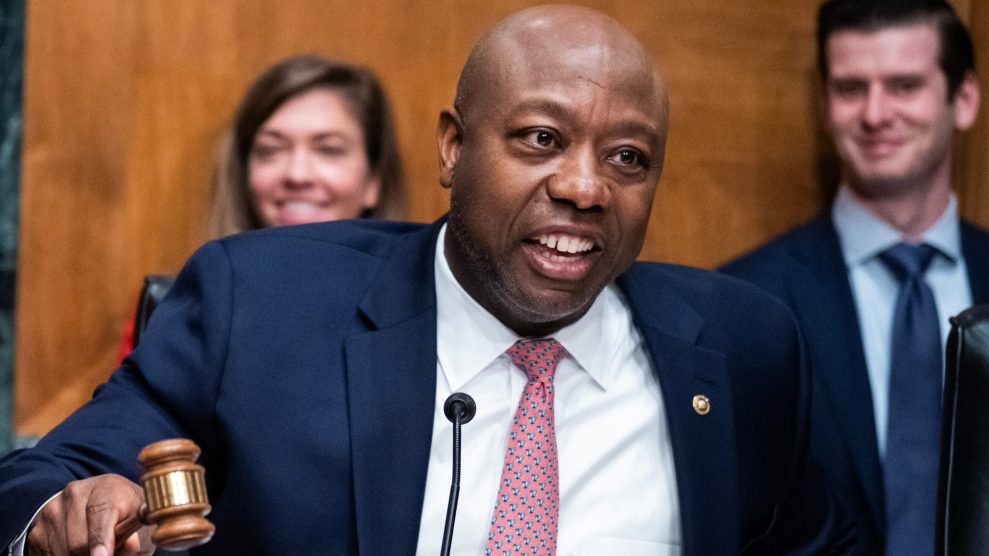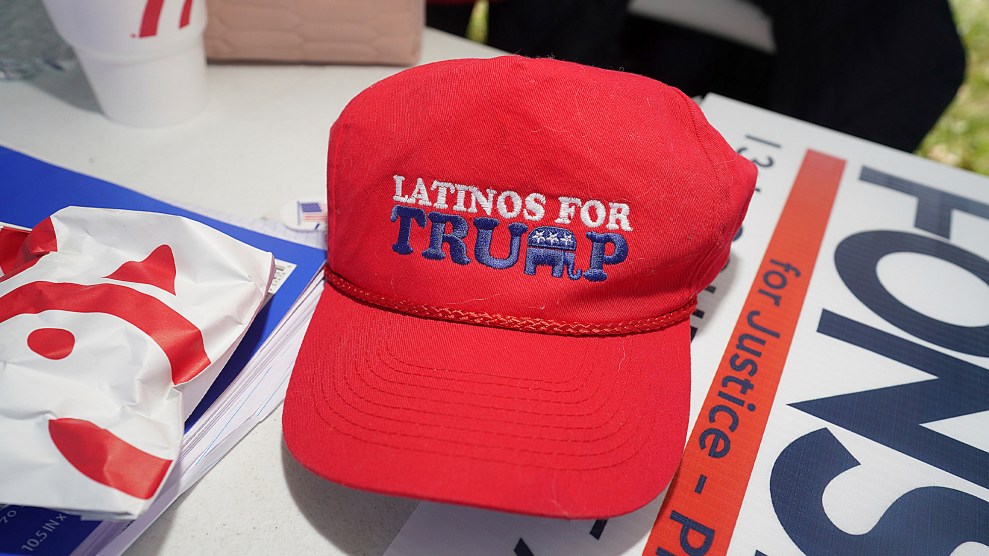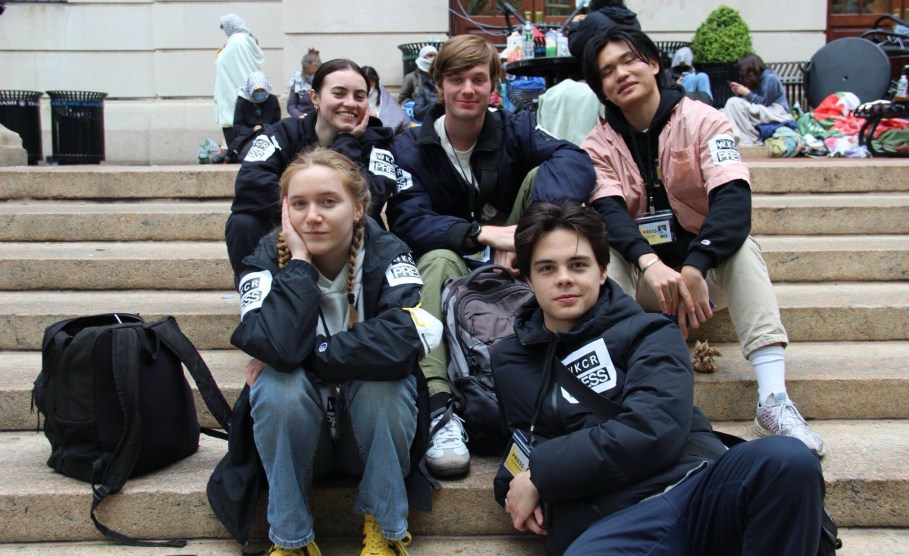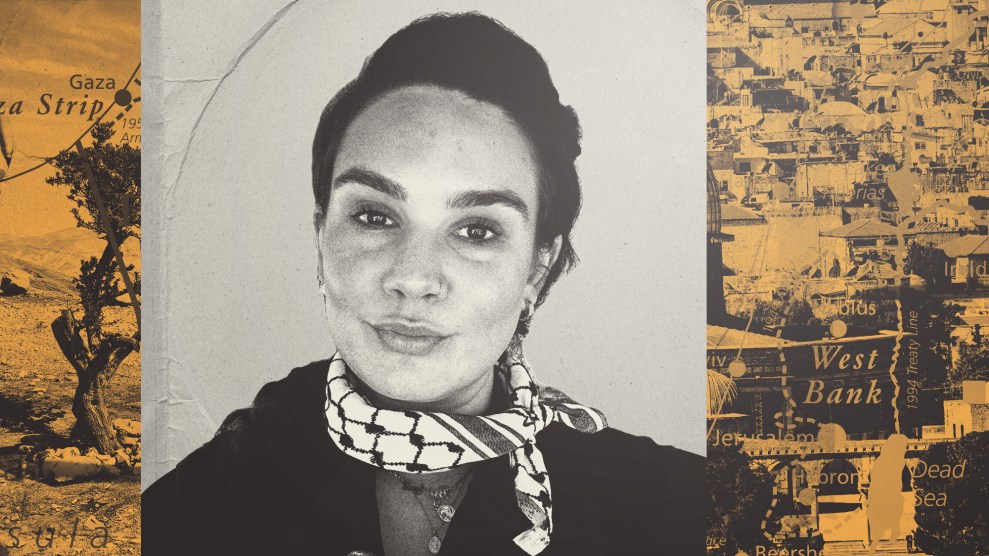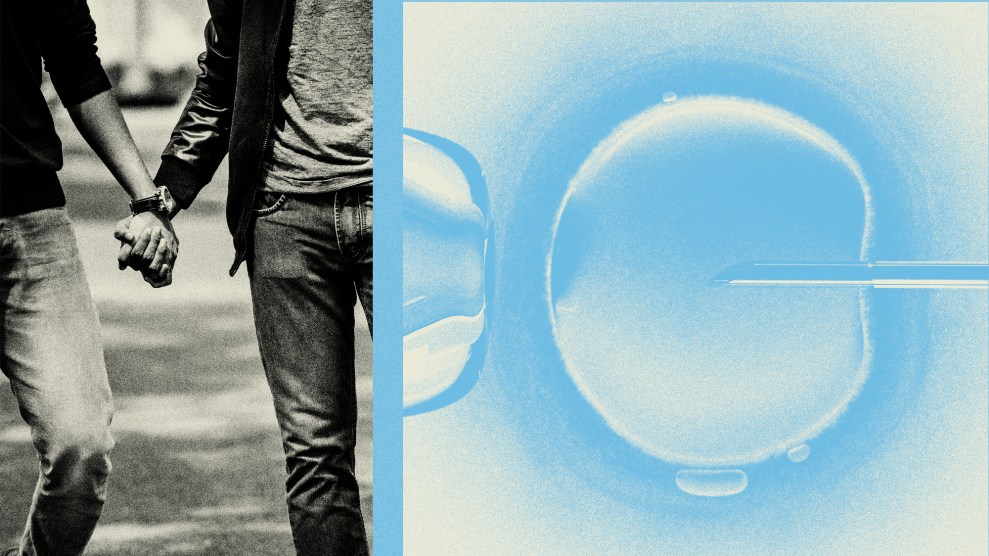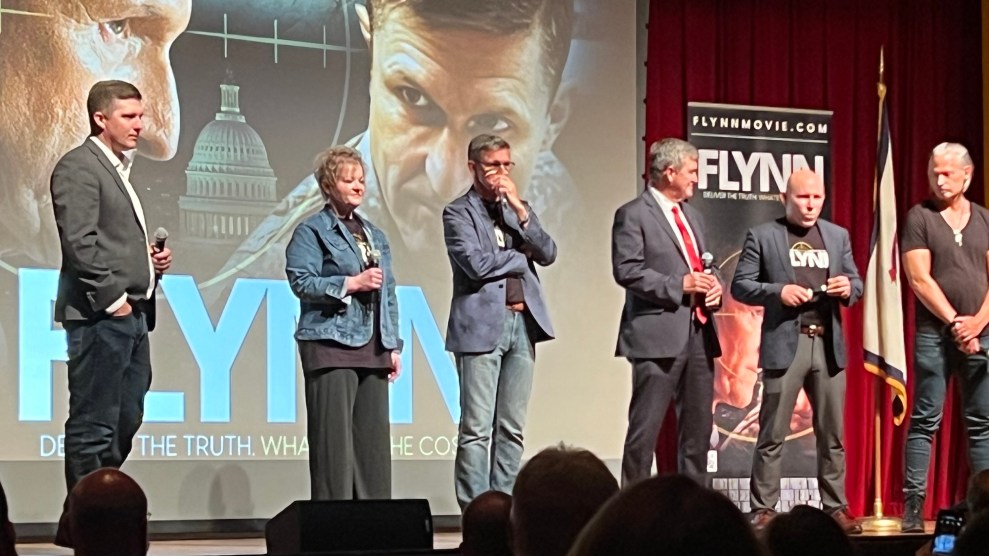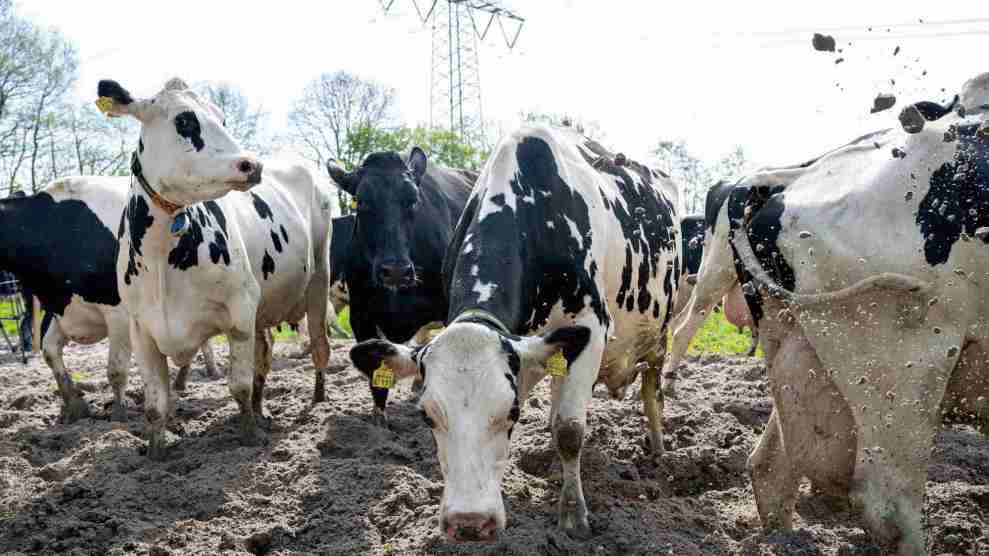
To see the Wu-Tang Clan perform live is to witness a cornerstone in American hip hop music. The New York-based group has a lineup of MCs that have become Grammy-winning, multi-platinum-selling solo artists and record producers, actors, screenwriters and film composers. Live onstage as a group, they’re a bullish, lyrical force to be reckoned with.
Rock the Bells is a new documentary about Southern California promoter Chang Weisberg’s efforts to reunite the entire hip hop super group for a 2004 performance in San Bernardino, California. The film, by Casey Suchan and Denis Henry Hennelly, opened in New York in April and is playing in select cities this summer until the DVD release on July 31.
Whether you’ve seen the Wu-Tang Clan perform or not, there are some real payoffs to watching the film. The bulk of its appeal lies in the behind-the-scenes look at the more tedious elements of putting on a kickass show of this magnitude – from hiring security, to obtaining permits from reluctant local officials, on down to rigging sound gear, getting artists to show up on time, and asking family members to work the ticket counter.
Weisberg and his
Guerrilla Union crew hustle to make it work. Even though the Guerilla Union has hosted hip hop and alternative music events for years, including Cypress Hill’s Smoke Out, Smoking Grooves and Paid Dues, Rock the Bells confirms that even the best-laid plans can fall apart when you book a band as popular and unpredictable as the Wu-Tang Clan. Fans are shown breaking through security gates past dumbfounded security guards, fights break out, and comments are made throughout the film about how difficult it is to get all nine members of the group to actually show up.
Another thing the film does well is document the hip-hop mainstays of the early 2000s by giving screen time to the show’s diverse lineup of opening acts. Performances by rapper Eyedea and the turntablist Abilities, MC Supernatural and his son Haj, Dilated Peoples, Chali 2Na and DJ NuMark of Jurassic 5, and Redman speak volumes about hip hop’s ability over the years to adapt, grow and change. Abilities does a freeform turntable solo that practically silences the room. MC Supernatural does an extended, improvised freestyle rap based on random suggestions from fans as he weaves his way through the crowd. Sage Francis, a white rapper from Providence, Rhode Island, taunts the crowd with jaded political sarcasm while pacing across the stage in his underwear, draped in an American flag. This is no show for the meek.
The film falls off by not actually showing Wu-Tang’s performance the night of the big show. Unfortunately, licensing restrictions prevented it. Instead of 15 minutes or so of raw Wu-Tang footage, the film ends with a weary, 5 a.m. conversation among Weisberg and his crew over breakfast at Denny’s the morning after the show.
If you’ve seen Dave Chappelle’s Block Party, which documents a one-day hip hop show in Brooklyn interspersed with Chappelle skits, it’ll be difficult to be as impressed with Rock the Bells. Inspired in part by the 1973 Wattstax documentary, Block Party captured the heart and soul of a one-day neighborhood party. The personalities of performers, fans and neighborhood residents were central themes to the story. Rock the Bells, in contrast, is less about people and more about putting on a show, which is entertaining, but not as compelling.
That said, the momentous show that Rock the Bells documents was such a success that it’s since become an annual Guerilla Union festival of the same name; one promoters now call a rite of passage for hip hop culture. At roughly $80 a pop this year, Rock the Bells concert goers will see the recently united Rage Against the Machine and the yet-again reunited Wu-Tang Clan (with the exception of Old Dirty Bastard, who passed away in 2004). Erykah Badu, Rakim, Mos Def, Talib Kweli, The Roots and Public Enemy will also perform. Performances will be at Randall’s Island in New York July 28 and 29, in San Bernardino, California on August 11, and in San Francisco August 18.
